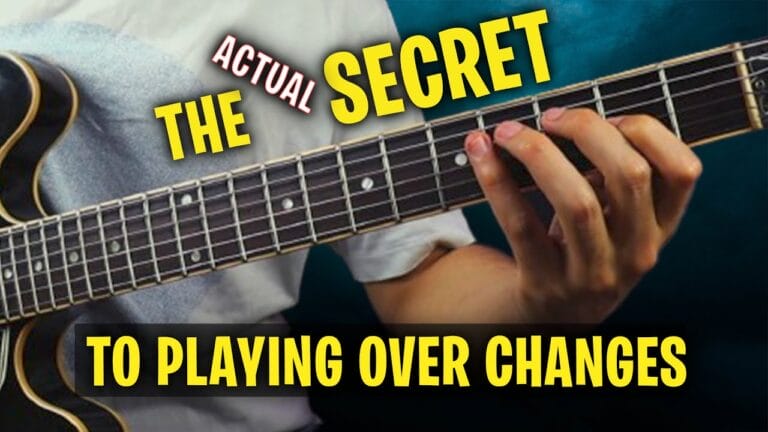Unleashing the amazing Power of Bebop Guitar
Bebop Guitar – Introduction
Be-bop, a genre of jazz music that emerged in the early 1940s, is renowned for its fast-paced, improvisational style. It’s considered by many to be one of the most important and influential styles of jazz music. To get good at playing bebop, you need to have a solid understanding of the underlying theory and concepts. This article will introduce you to the key elements of bebop guitar and provide tips for improving your playing.
Triads – The Building Blocks of Music
Triads are the basic building blocks of music and are essential to creating bebop phrases. A triad consists of three notes – the root note, the third, and the fifth. To become a master of bebop guitar, you must be familiar with all the different types of triads and be able to map them out on your instrument. This will give you the foundation you need to create complex, sophisticated phrases.
Rhythm – The Heartbeat of Your Phrases
Rhythm is an important element to consider when creating bebop phrases. The rhythm you choose will have a significant impact on the overall feel of the phrase. Whether you’re playing fast or slow, staccato or legato, the rhythm you use will determine the overall vibe of your playing. To become a skilled bebop guitarist, you must have a good understanding of rhythm and be able to incorporate it into your playing.

Transcribing Concepts – Not Just Phrases
When learning bebop, it’s essential to transcribe concepts rather than just phrases. By transcribing concepts, you’ll have a better understanding of how to create similar phrases with different chords. This will give you the versatility you need to play in a wide range of styles and settings.
Voice Leading – A Fundament of Bebop Guitar
Voice leading is a crucial element in creating bebop phrases. It refers to the smooth and logical progression of notes from one chord to the next. To become a proficient bebop guitarist, you must have a good understanding of voice leading and be able to incorporate it into your playing. This will give your phrases a sense of flow and coherence, making them sound polished and professional.
Harmonic Awareness – Understanding the Numbers
Knowing the harmonic numbers when playing is crucial in creating bebop phrases. Being aware of the harmonic numbers will allow you to manipulate the chord structure and create tension in your playing. This is what gives bebop its distinctive sound and sets it apart from other styles of jazz music. To become a skilled bebop guitarist, you must have a good understanding of harmonic numbers and be able to use them to your advantage.



















